The voting machines you will, and won't, see this Election Day
Hand-counted paper ballot

Paper ballot with optical scan
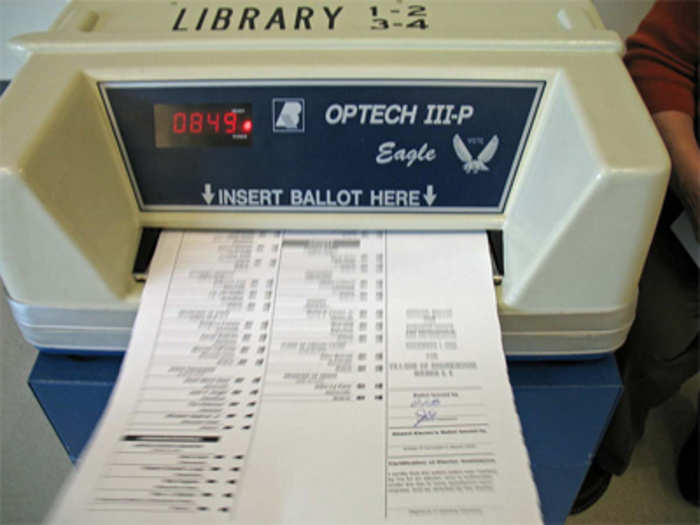
The hand-counted paper ballot was upgraded with the optical scan alternative. The optical scan allows voters to fill in a sheet by hand, but then it is tallied using a machine.
"The optical scan systems is where voters are filling in bubbles, much like they do when they take a standardized test. It gives people flashbacks probably to when they were in school," said Michael McDonald, of the University of Florida's Political Science department.
According to ProCon.org, over half of voters completed their ballot on an optical scanning machine in the 2012 election.
It is also a popular vote-counting option for states like Washington, Oregon and Colorado, which all have mail-in ballots.
There is little threat to using the optical scanning machines: "The threat is that marks on ballots can sometimes be inconclusive to a machine," McDonald said. However, this issue is usually solved a few days after the election when officials are verifying the results. "Usually that's just random errors and you don't usually see a big change in the numbers."
Direct Recording Electronic (DRE) voting machines
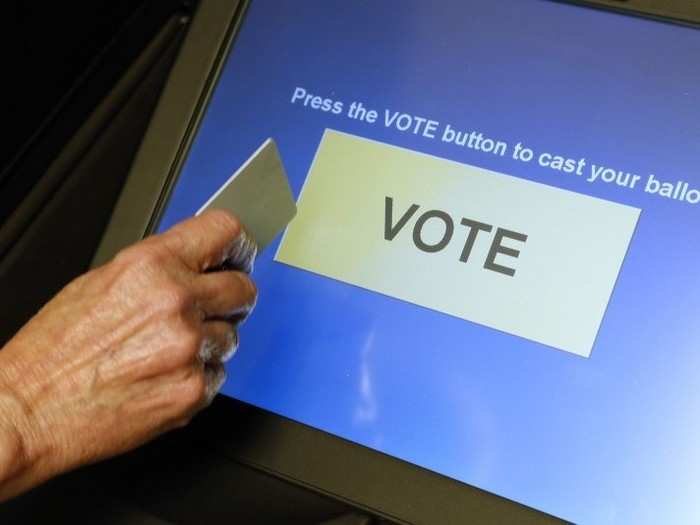
These are perhaps the systems that receive the most scrutiny. Using these machines, a voter casts their vote with either a touchscreen, button or dial. The vote is immediately cast into an electronic storage medium.
DREs became a popular option as they made both casting and counting votes easier. However, voters started to become concerned because they have "no way of verifying that the voting system is recording his or her votes correctly. The machine could be displaying one candidate’s name on the screen while mistakenly or maliciously storing another candidate’s name on the official electronic record as the voter’s choice," said a Caltech/MIT Voting Technology Project study.
In order to account for this, many DREs now have a voter-verified paper audit trail (VVPAT). It prints a piece of paper allowing the voter to verify their vote, helping to cut down on errors on election day.
Ballot-marking devices and systems
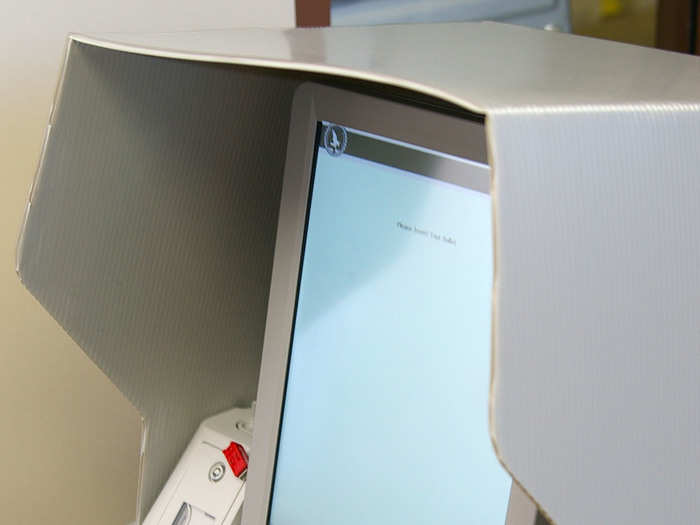
For Americans with disabilities, casting a vote can be difficult.
The Americans with Disabilities Act of 1990 and HAVA in 2002 helped to standardize expectations for voting machines for people with disabilities. These machines specifically give voters more options for physically marking their ballots. Once marked, the ballots are typically tabulated elsewhere.
Many of these machines are fit with different ways for voters to mark their ballots. Voters can access the ballot with either a screen or an audio recording. In order to cast their vote, voters have many options including a Braille keypad and a "Sip & Puff" device.
Punch cards
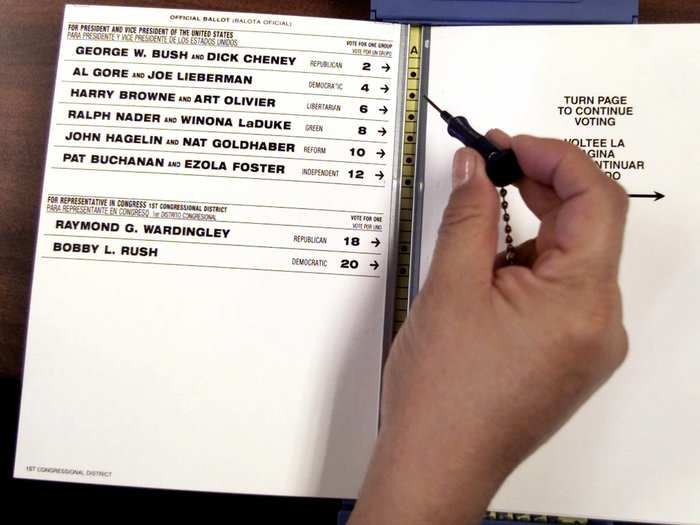
Punch cards were a popular voting method, but they received a lot of criticism after the 2000 election, leading them to be phased out. They are no longer in use today.
A voter would place the punch cards into a clipboard-sized device. From there, they would use a stylus to poke holes into perforated squares, called chads, that correspond to the candidate they are voting for.
However, as Stephen Ansolabehere of Harvard explained, these punch cards had many problems: "The stylus would jam. The holes wouldn't punch through and remove the chads. You couldn't check your card to make sure you voted the way you wanted. The alignment of the ballot to the card could be off a little bit and you would vote for the wrong candidates."
So when it comes to voting systems for Nov. 8, the infamous punch cards will not be making an appearance.
Mechanical lever machines
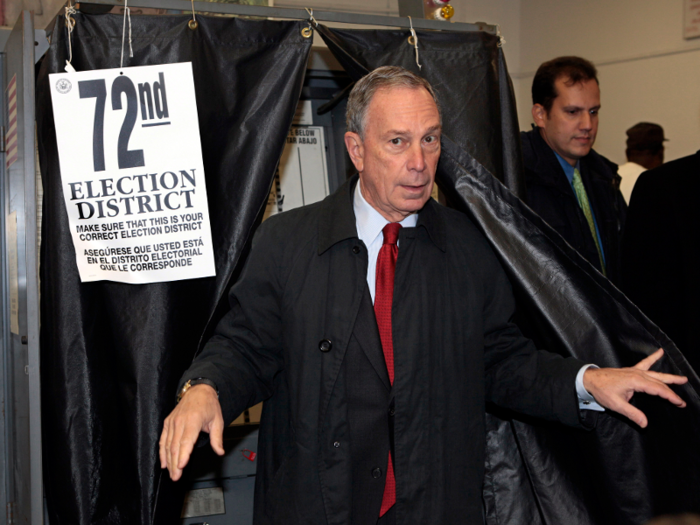
For many, the mechanical lever machines bring back a certain nostalgia. Pulling the large red lever was almost synonymous with casting your vote. But no more. These machines were completely phased out by 2010 as part of the Help America Vote Act.
Voters who used these machines would walk up to a machine and a curtain would close behind them. They would then select which candidates they were voting for by turning small levers that correspond to the candidate. They would then pull a big lever to cast their vote and open the curtain.
Most states were using lever-voting machines that were no longer being manufactured anymore. Suddenly it became incredibly costly, and in some cases impossible, to fix broken voting machines. States were often times using incredibly old machines rather than paying for newer machines.
New York was the last state of replace all of its mechanical lever machines with optical scan paper ballots.
Popular Right Now
Advertisement